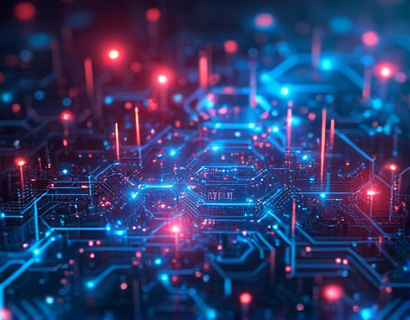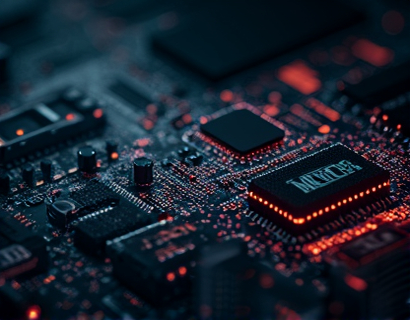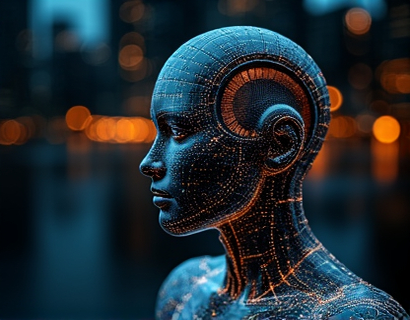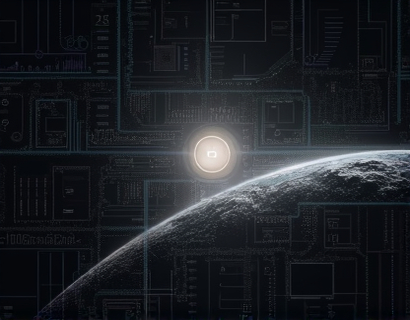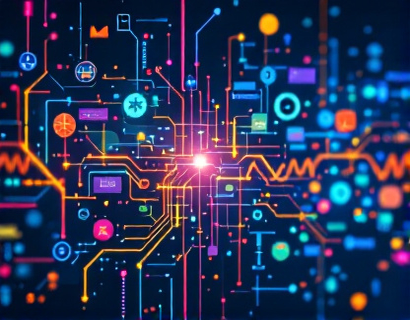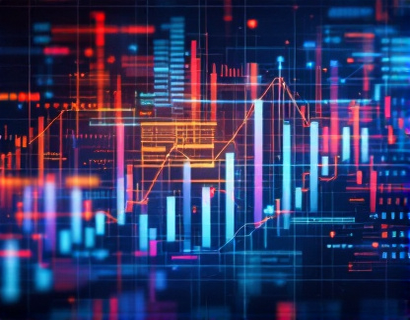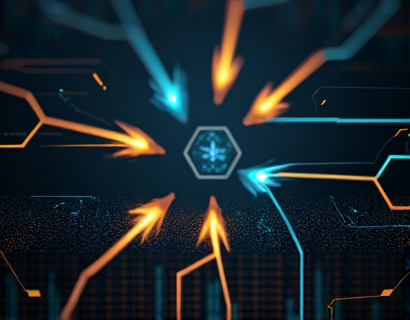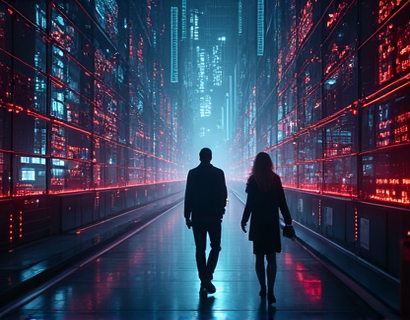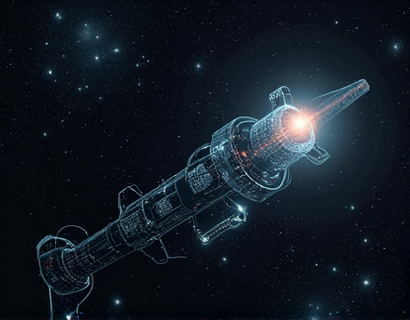Decentralized Productivity: Harnessing AI and Crypto for Next-Gen Digital Solutions
The intersection of cryptocurrency and artificial intelligence (AI) is giving birth to a new paradigm in digital productivity. This fusion is not just an evolution but a revolution, redefining how we approach efficiency, task management, and innovation. The future of digital solutions is being shaped by decentralized technologies that promise to simplify and enhance our interactions with technology. This article delves into the transformative applications at the forefront of this movement, exploring how AI and crypto are converging to create smarter, more efficient, and more secure digital tools.
The concept of decentralized productivity leverages blockchain technology to create systems that are transparent, secure, and resistant to censorship. By removing central points of control, these systems empower users to collaborate and transact without intermediaries. AI, with its ability to process vast amounts of data and learn from patterns, complements this by providing intelligent solutions that adapt to user needs. Together, they form a powerful synergy that is transforming industries and redefining digital workflows.
Enhanced Efficiency Through Decentralized Systems
One of the primary benefits of decentralized productivity is enhanced efficiency. Traditional centralized systems often suffer from bottlenecks and inefficiencies due to single points of failure and the need for intermediaries. Decentralized systems, on the other hand, distribute tasks and data across a network, reducing latency and increasing speed. For instance, decentralized cloud storage solutions like IPFS (InterPlanetary File System) allow users to store and share files directly with each other, eliminating the need for centralized servers and reducing costs.
Smart contracts, another cornerstone of decentralized systems, automate and enforce contractual obligations without the need for intermediaries. This not only speeds up processes but also reduces the risk of fraud and errors. In the context of productivity, smart contracts can be used to automate workflows, ensuring that tasks are completed and payments are made seamlessly. For example, a decentralized project management tool could use smart contracts to automatically release funds to contractors once milestones are met, streamlining the entire project lifecycle.
AI-Driven Intelligence in Decentralized Applications
AI plays a crucial role in enhancing the intelligence of decentralized applications. Machine learning algorithms can analyze data from decentralized networks to provide insights and recommendations. For instance, a decentralized market platform could use AI to predict trends, optimize pricing, and match buyers and sellers more effectively. This level of intelligence not only improves user experience but also adds value to the decentralized ecosystem by making it more responsive and adaptive.
Natural Language Processing (NLP) is another AI technology that is revolutionizing decentralized communication. Chatbots and virtual assistants powered by NLP can facilitate seamless interactions between users and decentralized applications. These AI-driven interfaces can understand natural language queries, provide relevant information, and even assist in navigating complex decentralized systems. This makes decentralized tools more accessible to a broader audience, including those who may not be tech-savvy.
Security and Trust in Decentralized Productivity
Security is a paramount concern in any digital solution, and decentralized systems offer inherent advantages in this regard. The distributed nature of these systems means that there is no single point of failure, making them more resilient to attacks. Additionally, blockchain's cryptographic techniques ensure that data is tamper-proof and transparent. This level of security is particularly important for productivity tools that handle sensitive information, such as financial data or personal documents.
AI enhances security in decentralized systems by detecting and mitigating threats in real-time. Machine learning models can analyze network activity to identify anomalies and potential security breaches. For example, a decentralized identity management system could use AI to verify user identities and prevent unauthorized access. This combination of decentralization and AI creates a robust security framework that builds trust among users.
Case Studies: Real-World Applications
Several real-world applications are already demonstrating the potential of decentralized productivity powered by AI and crypto. One notable example is Decentraland, a virtual reality platform built on the Ethereum blockchain. Users can create, experience, and monetize digital worlds using cryptocurrency. AI is used to enhance the user experience by generating dynamic content and personalizing interactions within the virtual environment. This not only increases engagement but also opens up new revenue streams for creators.
Another example is Filecoin, a decentralized storage network that uses AI to optimize data storage and retrieval. By leveraging excess storage capacity from decentralized nodes, Filecoin ensures data is stored securely and efficiently. AI algorithms help in predicting storage demand and optimizing the allocation of resources, making the platform highly scalable and cost-effective. This approach not only reduces reliance on centralized cloud providers but also provides users with greater control over their data.
Challenges and Future Prospects
Despite the promising potential, the integration of AI and crypto in decentralized productivity faces several challenges. One of the main hurdles is scalability. Current blockchain technologies often struggle with high transaction speeds and large data processing capabilities, which can limit the practicality of decentralized applications. However, ongoing research and development in blockchain scalability solutions, such as sharding and layer 2 protocols, are addressing these issues.
Another challenge is the regulatory landscape. The intersection of cryptocurrency and AI introduces complex legal and regulatory considerations. As governments around the world begin to recognize and regulate these technologies, compliance will become increasingly important. Decentralized productivity platforms must navigate this evolving landscape to ensure they operate within legal frameworks while maintaining their innovative edge.
Looking ahead, the future of decentralized productivity is bright. As AI continues to advance, we can expect more sophisticated and intuitive tools that further enhance the capabilities of decentralized systems. The integration of other emerging technologies, such as quantum computing and the Internet of Things (IoT), will also play a role in shaping this future. The potential for decentralized productivity to transform industries and improve daily life is immense, making it a field worth watching closely.
In conclusion, the fusion of AI and crypto is paving the way for a new era of decentralized productivity. By leveraging the strengths of both technologies, we are witnessing the creation of more efficient, secure, and intelligent digital solutions. As these technologies continue to evolve, they will undoubtedly reshape the way we interact with technology and conduct our daily tasks, ushering in a more decentralized and empowered digital world.




